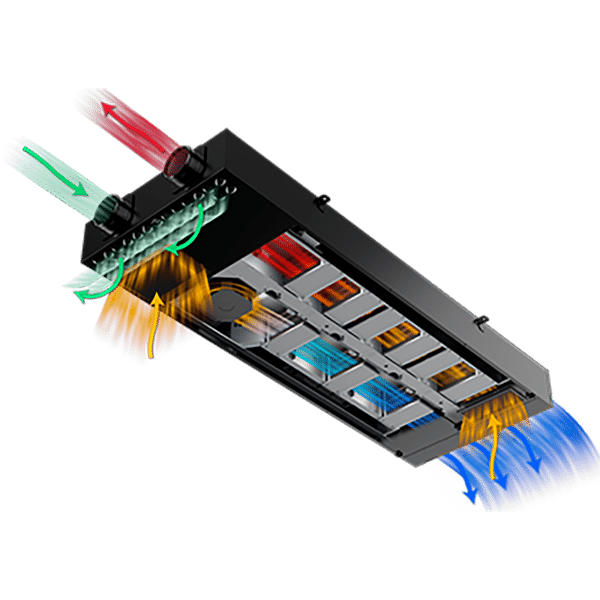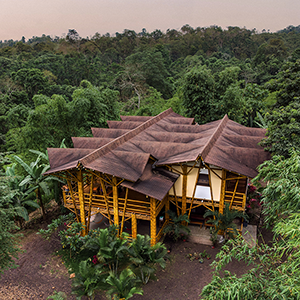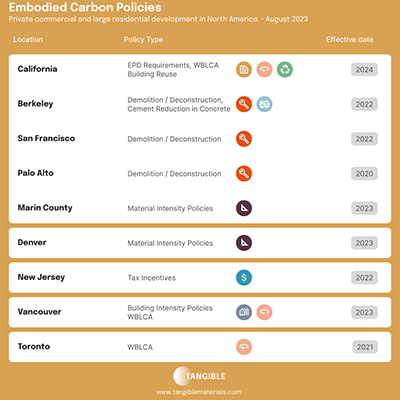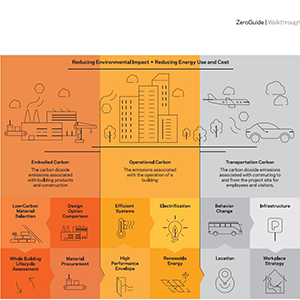By Melissa Morancy
Director, Sustainable Knowledge & Engagement, American Institute of Architects (AIA)
In 2015, I worked with AIA’s Historic Resource Committee and Committee on the Environment hosting a small joint conference at Taliesin West called, “WHOLE-BUILDING LIFE CYCLE ASSESSMENT: New Conversations in Holistic Sustainability and Preservation.” This conference and group of speakers introduced me to concepts and topics that I had not been aware of before. New-to-me terms—like environmental product declarations and life-cycle analysis—changed the way I viewed and considered the built environment.
I still say there is no more engaging, never-ending argument than one about whether windows in older buildings should be replaced. How much energy will that window save the building over time? How much carbon did it take to build the new window? How many years would these new windows need to be in place to equate to the amount of carbon emitted in producing them? This conference is when I began my personal journey learning about embodied carbon.
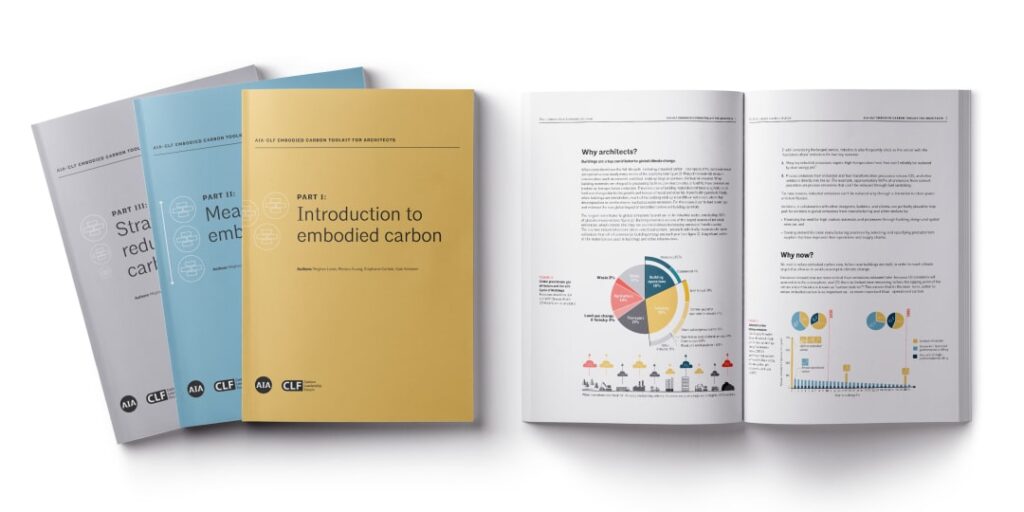
While the 45 people who attended that conference found the topic fascinating, it seemed to take the rest of the industry a little longer to come on board. We heard more architects talk about embodied carbon, but there seemed to be confusion around the topic and a need for better understanding.
After AIA released the Embodied Carbon 101 series—presented by the Boston Society of Architects with support from the Boston chapter of the Carbon Leadership Forum—on AIAU, we realized we had no resource for embodied carbon for our 94,000 members. It became a goal for us to release a resource in 2021 that would help them (and the public) understand embodied carbon better. As the year progressed, AIA realized that talking about embodied carbon was going to be an important part of our messaging for COP26. Luckily the Carbon Leadership Forum hosts monthly coordination calls and saw that making a resource for architects was on CLF’s radar as well.
“The most significant and lowest cost embodied carbon reductions are typically achieved in early project planning and design, phases in which architects play a critical role. It is therefore imperative that architects are empowered with immediately actionable information and tools, such as the Embodied Carbon Toolkit for Architects, to achieve the dramatic building embodied carbon reductions required to meet 1.5°C climate targets,” says Vincent Martinez, President and Chief Operating Officer, Architecture 2030.
It was a perfect pairing. AIA’s membership could have an exponential impact by applying this knowledge to practice. CLF’s reputation as the industry’s expert on embodied carbon gave the resource clout. The documentation already accomplished by CLF allowed the project to move more quickly than if AIA acted on its own; publication was able to be fast-tracked for completion before the start of COP26.
Meghan Lewis of the Carbon Leadership Forum stated, “We see huge potential for architects to take widespread action to reduce embodied carbon, and for the AIA to take a leading role in sharing knowledge and resources to help make that happen. Working with the AIA gave us an exciting opportunity to engage a broad audience on this important topic.”
The creation of this valuable resource was a wonderful opportunity for collaboration and can now be found on both organizations’ web pages.

Melissa Morancy

